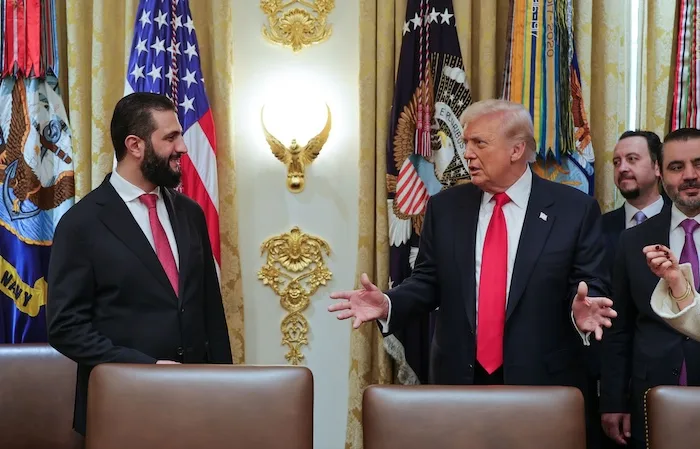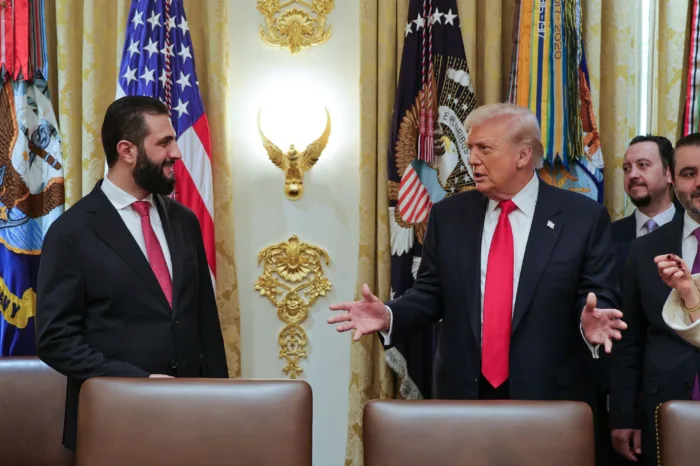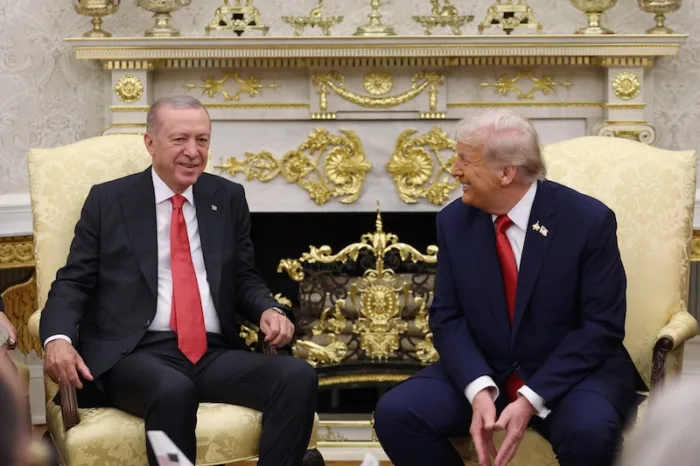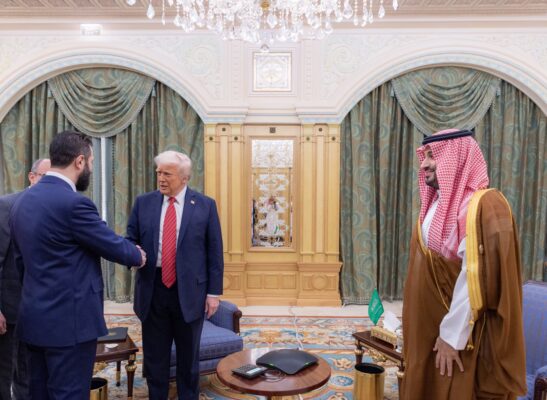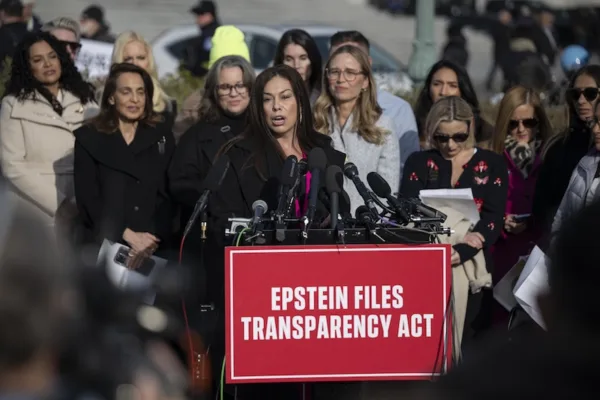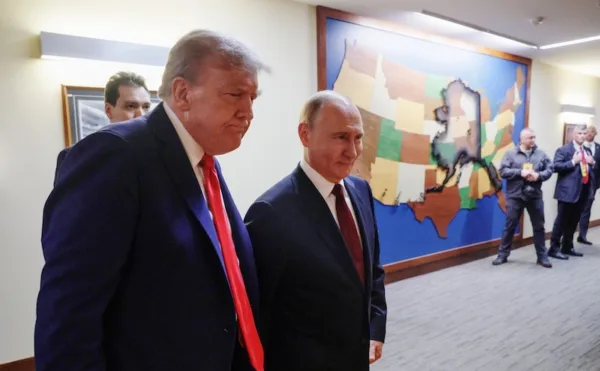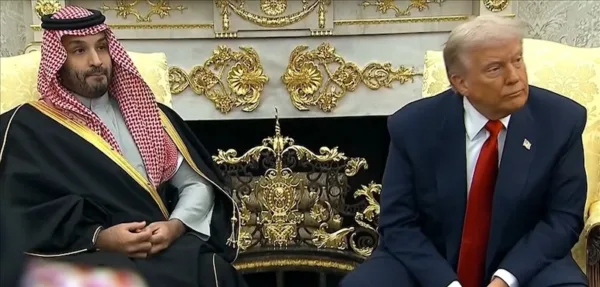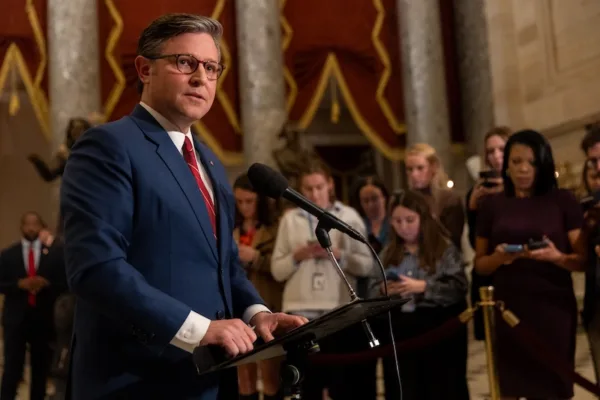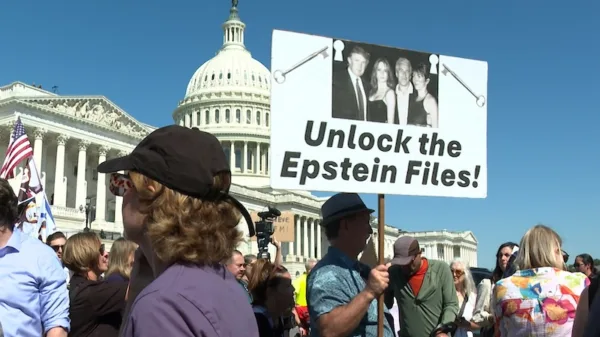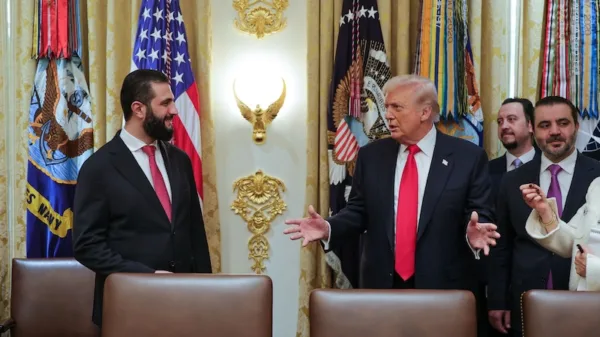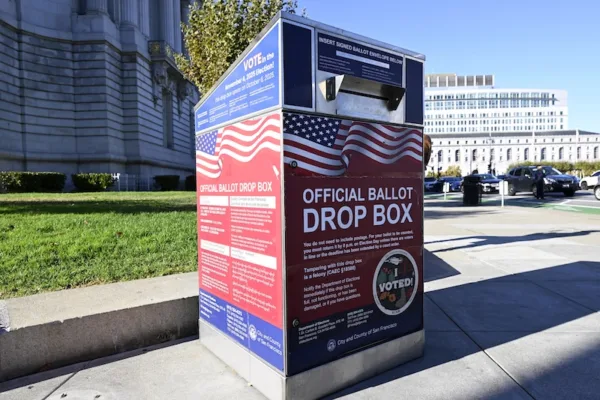Trump’s first 100 days…
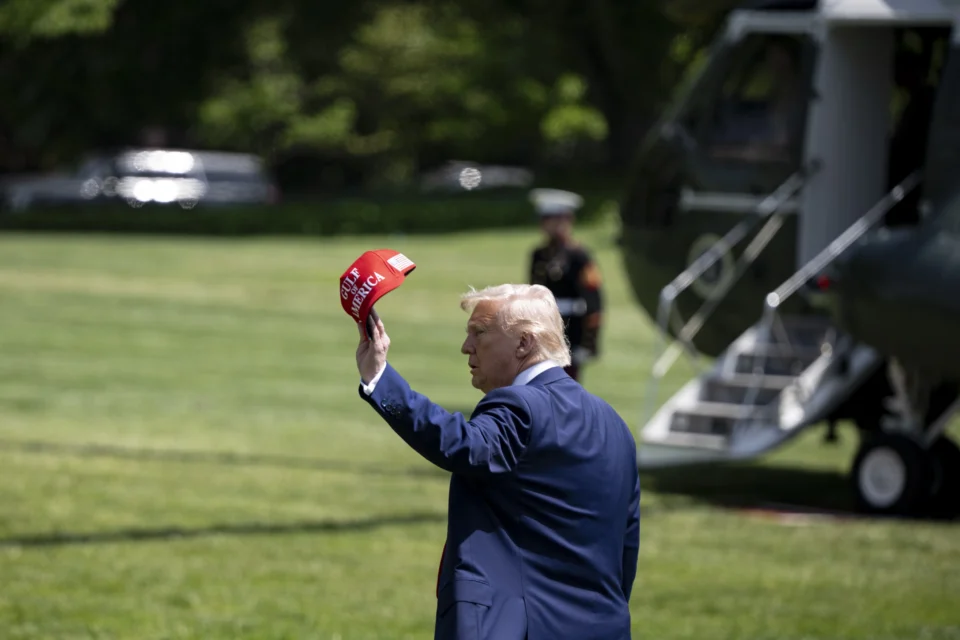
Trump came to power with strong rhetoric about tackling inflation and taking control of the migrant crisis at the southern border. But by the end of his first 100 days, his popularity had plummeted as a result of his economic policies. Leading up to the November elections, polls showed that many voters believed Trump would manage the economy better. Similarly, there was widespread confidence that he would be the one to stop the waves of migration at the Mexican border. For many voters, the tax cuts pushed through by Republicans during his first term had created a sense of economic comfort—almost a “golden era.” In contrast, the inflationary consequences of Biden’s pandemic-era spending packages ended up costing the Democrats dearly. Capitalizing on this opportunity, Trump focused his campaign on inflation and the migration crisis—and it worked. But once in office, rather than pursuing policies that would directly lower prices, he took a more confrontational route by introducing tariffs that spooked both domestic and global markets, setting the U.S. on a difficult economic path.
TARIFFS: A RIGHT DIAGNOSIS, A WRONG CURE
Trump spent his first three months imposing new tariffs, slashing federal spending, and attempting to dismantle regulations he believed were hindering growth. He not only threatened additional tariffs on allies and rivals alike, but also implemented them—often at levels that lacked economic justification. Canada, Mexico, and the EU, with whom the U.S. shares deep economic ties, were among the targets. China, with which the U.S. has significant mutual dependence, was hit especially hard. While there may be some merit to the idea that these moves were tactical, the economic cost they incurred was considerable. The resulting market anxiety wiped out trillions of dollars in value—losses that won’t be easily reversed as both investor and consumer confidence took a major hit.
For over 30 years, the U.S. had championed globalization, offshoring much of its industrial base to neighboring and overseas countries. Rising unemployment, drug addiction, and lack of upward mobility among blue-collar American workers pushed many of the disenfranchised toward candidates who promised to upend the system—like Obama and Trump. Trump’s rise was fueled by the backlash of America’s less-educated, working-class white population against globalism and multiculturalism. Fixing these deep-seated socio-economic issues required the patient implementation of a comprehensive policy agenda. But Trump’s chosen remedy—raising tariffs—only disrupted foreign trade and, ironically, hit lower-income Americans the hardest. The U.S. economy simply wasn’t in a position to undergo structural transformation overnight, and using tariffs as a tool to force it only deepened the burden on the very groups he had promised to help.
BORDER SECURITY AND IMMIGRATION: HARSH MEASURES, ILLEGAL PRACTICES
After the economy, Trump’s second most prominent focus during his first 100 days was immigration—both legal and illegal. Elected on promises to carry out the largest deportation operation in U.S. history, Trump soon realized such an effort would be prohibitively expensive. While his administration carried out raids in several states to round up undocumented immigrants, it fell short of its targets due to migrants’ community coordination and the support they received from Americans resisting Trump’s policies. Though he failed to change immigration law, Trump managed to cripple the system in practice, slowing down even legal immigration—revealing that his aim extended beyond just addressing undocumented migration. A significant portion of the white majority in America wanted to halt what they saw as the “browning” of the country, and this sentiment drove Trump to also curb legal immigration.
ICE (Immigration and Customs Enforcement) began targeting even legal residents, including green card holders, suggesting the administration’s increasing aggression was a result of its failures in curbing illegal immigration. On top of that, accusations that liberal university campuses weren’t doing enough to fight antisemitism became a pretext for threatening international student visas. The Trump administration also refused to comply with court rulings regarding the deportation of undocumented immigrants to El Salvador, showing its willingness to flout the law altogether. Despite these heavy-handed and unlawful tactics, it was tariffs—not immigration—that did more to erode public trust in Trump. Rising anti-immigration sentiment was also fueled by the perception that Biden had failed to secure the border, and Republicans used the issue to boost Trump’s standing during the campaign. While many Americans felt Trump had delivered on his promises, his disregard for legal norms triggered backlash.
A ROCKY START: UNCERTAINTY INSTEAD OF STABILITY
Trump’s first three months in office were defined not by a serious fight against inflation, but by economic uncertainty, and not by a crackdown on undocumented immigrants, but by broader anti-immigrant themes. Reactions from both U.S. allies and adversaries started to take their toll—international student enrollment declined, and tourism began to suffer. Tariffs shook market confidence and increased fears of a recession. As a result, Trump’s approval rating dropped from 52% to 39%—the lowest for any U.S. president at the 100-day mark in the past 80 years.
Recent reversals by Trump suggest he is aware of the political damage. Having once launched a full-scale trade war, he is now negotiating new deals with more than 50 countries. But if inflation worsens and a recession sets in, he may find himself cornered. Even if he continues to claim victory, deteriorating economic indicators would weaken his pressure on China and complicate Republican efforts in the midterms. If Trump continues on his current trajectory, it’s fair to say that the U.S. may be headed for a long and turbulent period.

